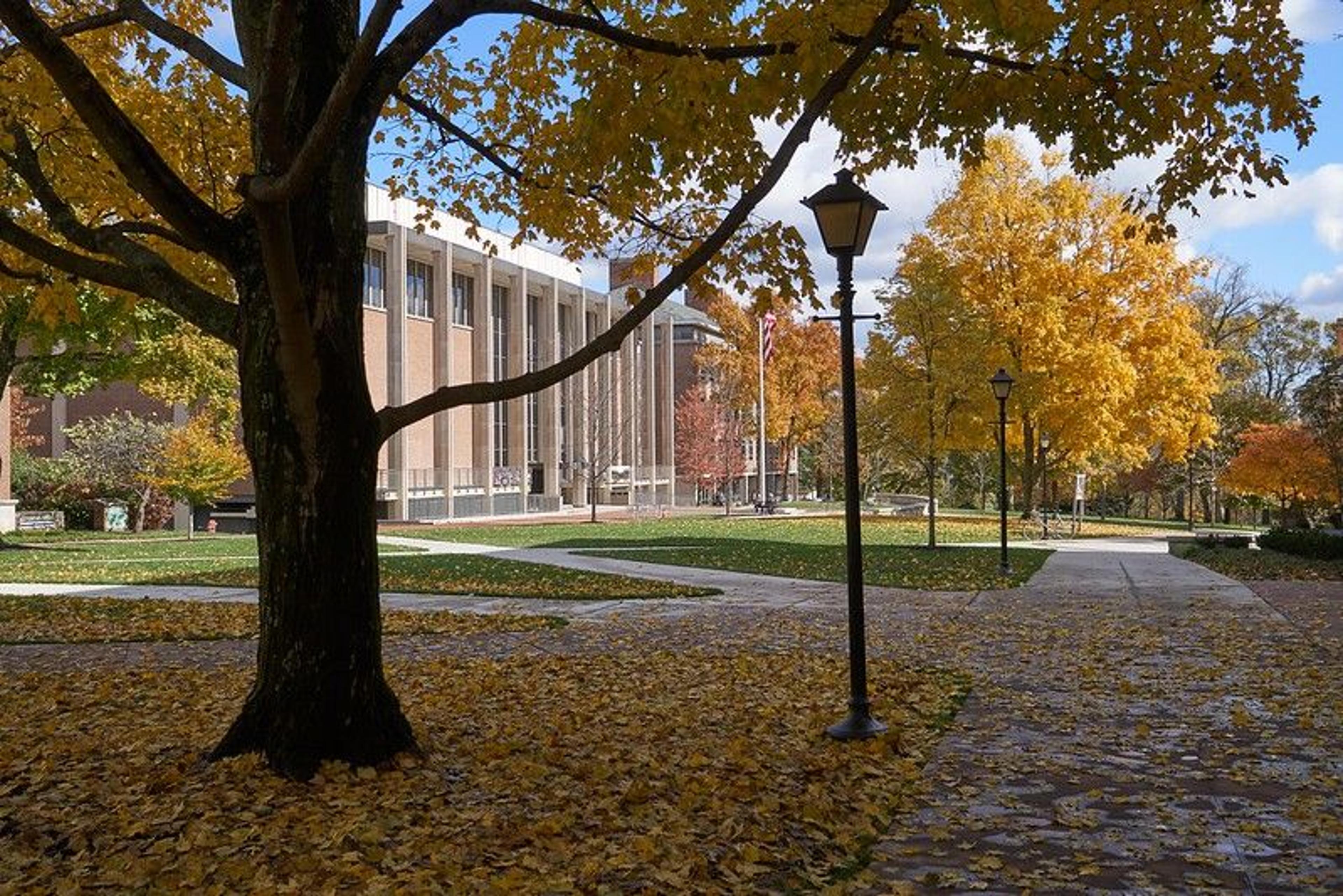With close to 80% of their students using Handshake, the Denison team has seen remarkable success with creating compelling reasons for students to log into Handshake. Below, the team shares some of their tactics for reaching students and partnering with faculty to drive engagement on Handshake.
Start Early, Start Now
The career center team works with the Denison First-Year Office to reach students early in their academic journey. The involvement fair and August Orientation, with a large majority of first-years in attendance, are among their biggest drivers of student activation. At the fair, the team hosts giveaways open only to students who have filled out their Handshake profile. The team helps train student orientation leaders, making sure that the career center is mentioned as a resource for incoming students. Career center staff also participate in first-year advising circles. The faculty-led advising circles are a popular Denison tradition and serve as an excellent way to educate both students and faculty on Handshake.
Melanie Murphy, Director of Career Preparation and Campus Engagement at Denison shared:
“‘Start Early, Start Now’ is a tagline in our office. We tell students there are many easy ways to get started, and building their Handshake profile is one of the easiest!”
Academic departments help drive student activation
The Denison team partners closely with academic departments to drive student activation and engagement within Handshake. Each department has a career center liaison to collaborate on ways to support students. One effective method is to post events hosted by the academic departments in Handshake, creating another touchpoint for students to use the tool.
Additionally, the career center creates yearly snapshots of student career engagement for each academic major. The team builds a report in Handshake containing key student engagement information like recurring advising appointments, event attendance, and jobs and grant funding secured. The reports are shared with department heads and faculty members each year and have even become a source of friendly competition among different majors. The reports serve as a launching point for career center staff to engage faculty in conversation about how to get their students more involved with the career center.
Handshake is the virtual career center
Melanie shared that one light bulb moment for the team was realizing that they must combat the myth that Handshake was solely a job board. The team worked to rebrand Handshake as the one-stop shop for all career-related resources, linking back to Handshake at every given opportunity. Students are driven to Handshake to sign up for events, browse jobs and internships, make an appointment, access the career toolkit, and more. Just about every action a student can take now starts in Handshake.
Melanie recommends all teams, especially smaller career centers, consolidate their resources and information within Handshake. Having one place for students to find answers and content has become a huge time saver for the Denison team.
“Handshake is the virtual version of the career center that students can access 24/7. None of the content replaces the relationships we build, but having all the resources in one place is really helpful.”
